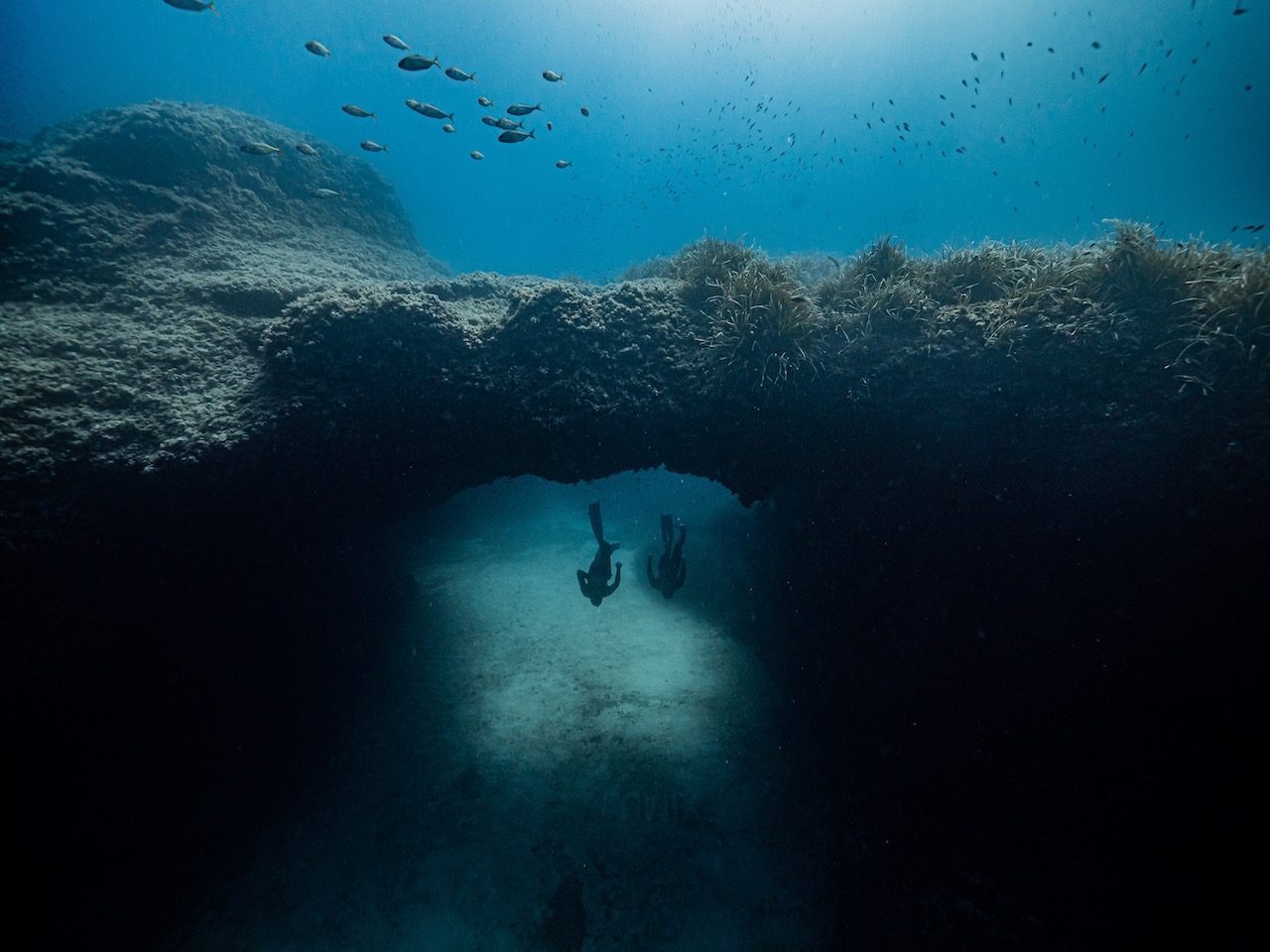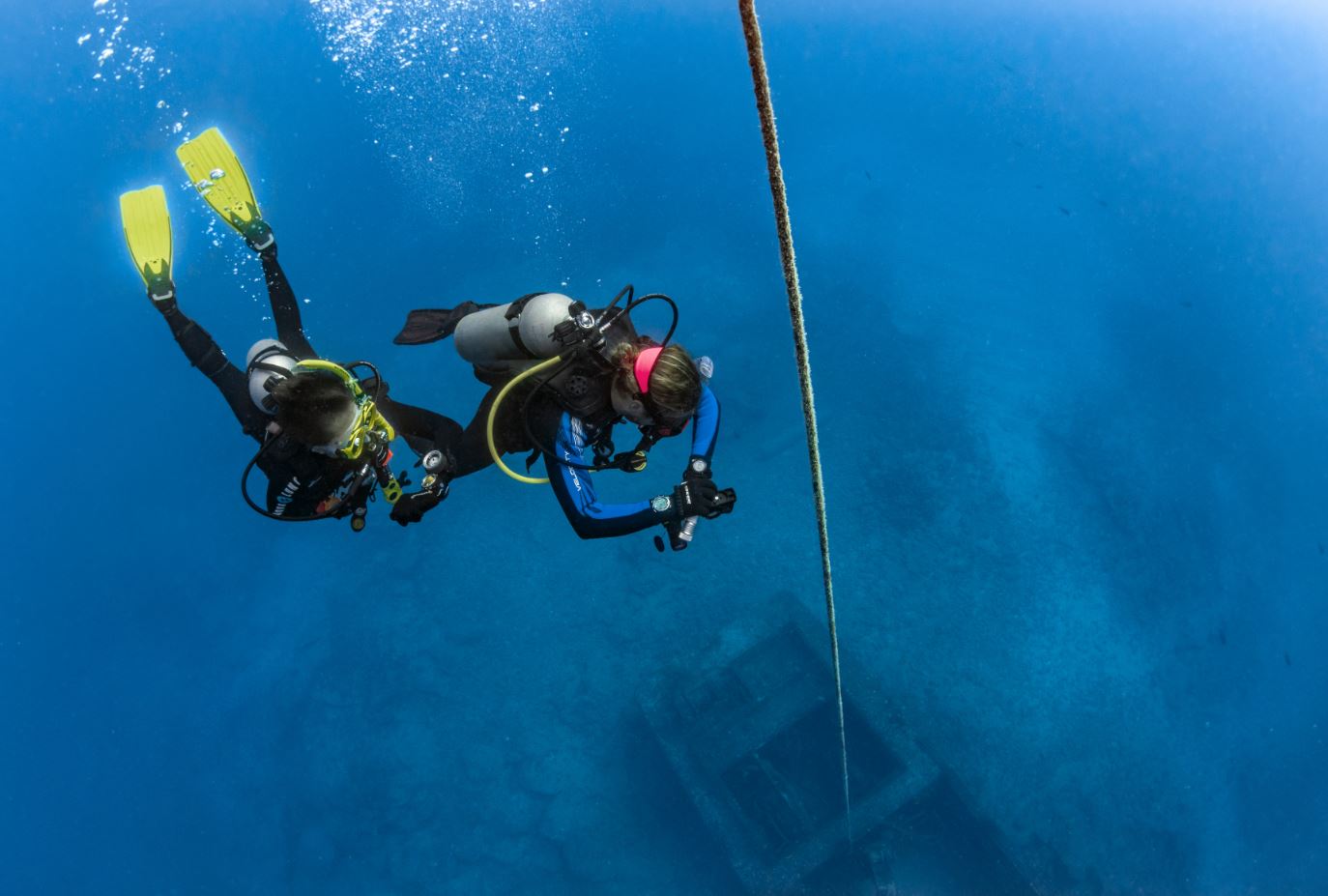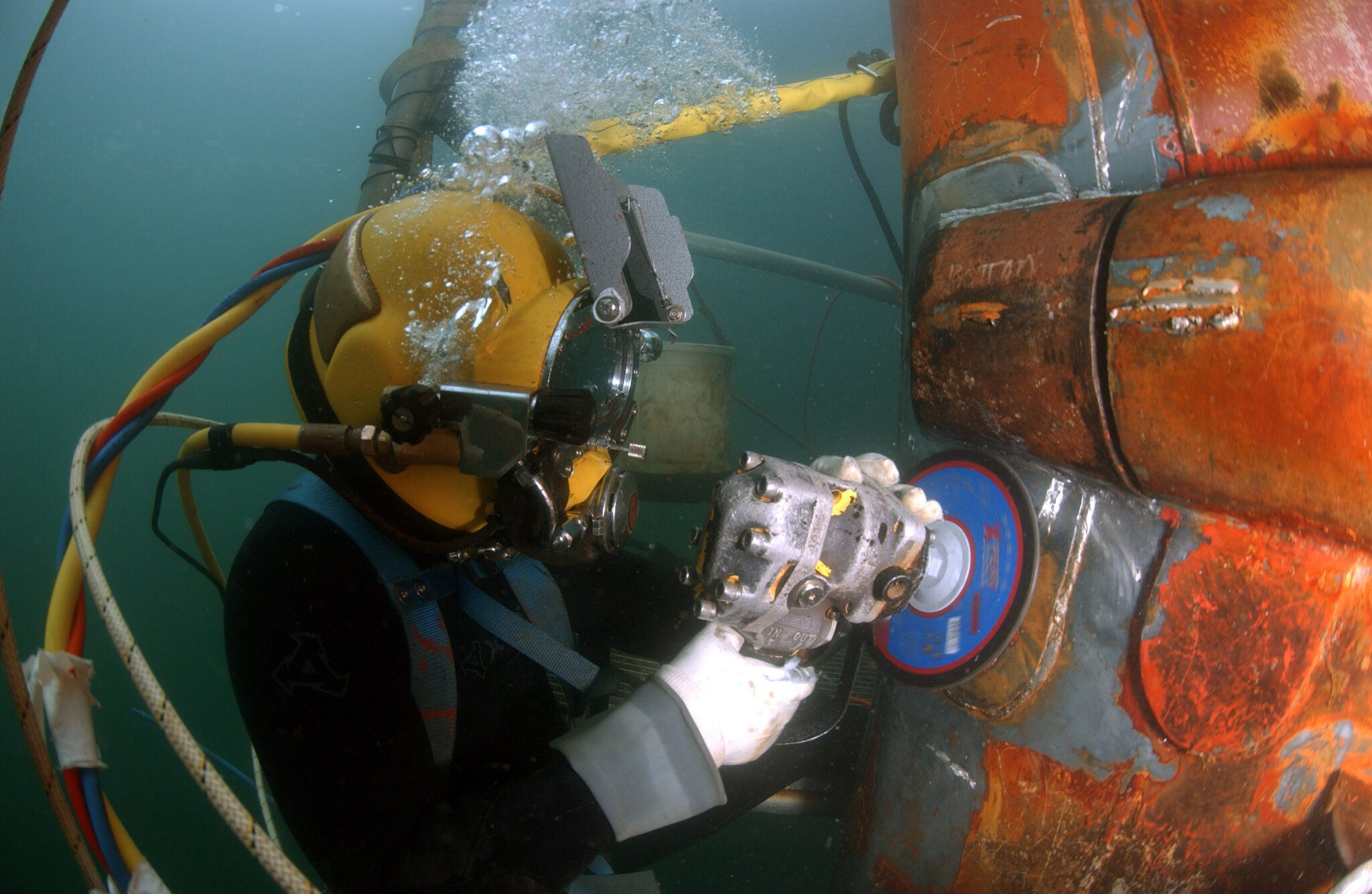Have you ever wondered how much of the ocean has been explored? The answer to this may dazzle you. Although humans have been around for nearly 200,000 years, we’ve only just scraped the surface of underwater exploration. With numbers varying slightly depending on which agency’s data you’re looking at, we’ve chartered and mapped roughly 20% of the ocean and have only physically seen or been to 5%.
Stick around for this article as we dive deep into the depths of the most unknown place in the world!

The ocean is an unthinkably massive body of water, totaling around 139.7 million square miles (361.8 million square kilometers) and descending to depths up to 6.8 miles (10.94 kilometers). With those numbers, you start to get an understanding of just how daunting a task it is to explore the entire seabed.
With limited resources and technology, accessing and being able to stay safe in these environments is challenging. However, recent technological advancements have paved the way for remarkable progress in oceanic exploration, such as technical diving, submersibles for intense depths, and the most common and successful method, advanced sonar.

With the ocean being so immense, there are multiple ways to explore it. Even though it is vast, most of the ocean isn’t miles and miles deep. With that said, the shallows haven’t yet been fully explored, allowing plenty of scope for scuba divers.
PADI is the world’s largest ocean exploration and diver organization, operating in 186 countries and territories, with a global network of more than 6,600 dive centers and resorts as well as over 128,000 professional members worldwide.
If you’ve never been scuba diving, we suggest trying out a PADI Discover Scuba Diving experience. This will give you a good idea if you enjoy scuba diving. If you do, be sure to sign up for the PADI Open Water Diver course so you, too, can start exploring and seeing the depths of the ocean for yourself.
If you were to get certified as a PADI Deep Diver and a PADI Advanced Open Water Diver, you could dive to a maximum depth of 130 feet/40 meters. Furthermore, if you become a technical diver, you could descend down to 350 feet/106 meters and beyond!
There are several different types of submarines and submersibles in the world today. Most are owned federally or by large corporations. However there are some small personal submarines available for tours, if scuba diving isn’t your preferred ocean exploration activity.
Mapping the ocean floor is an ongoing effort. Advancements in technology, particularly multi-beam sonar systems, have revolutionized mapping efforts. As a result, we have managed to map approximately 20% of the ocean floor to date; however, it should be noted that the use of sonar is controversial as the resulting noise pollution can be detrimental to marine mammals.
 Photo Credit: Andrew McKaskle via Wikimedia Commons
Photo Credit: Andrew McKaskle via Wikimedia Commons
Since the beginning of time the ocean has kept us curious. Humans have used it as a food source throughout time and ancient civilizations were remarkable seafarers before modern technology made navigation simple. The fact is that humanity has a profound fascination with the ocean; we’ve always wanted to know what was on the other side or beneath the surface.
However, modern exploration of the ocean only began as recently as the 19th and 20th centuries, when dedicated research expeditions sought to unravel the sea’s mysteries.
If we get even more specific about the history of data collecting and major breakthroughs, it wasn’t until World War I when underwater exploration really got underway. After all, we didn’t rediscover the Titanic until 1985!
To dive into your own exploration of the underwater world, use our PADI Dive Shop locator to find a dive shop near you. Once you’ve found the appropriate center, consider a PADI Discover Scuba Diver experience or jump right into a the PADI Open Water Diver certification. The world is your oyster so why not start exploring it?!
Share This
